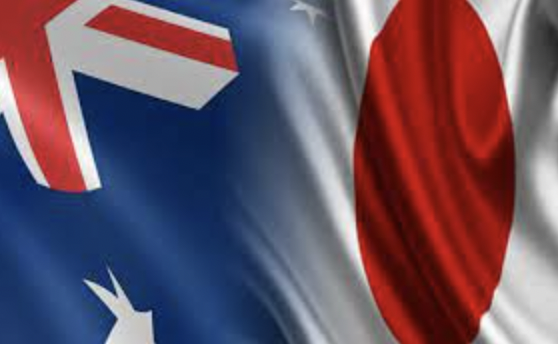
Alina Haynes
Sep 09, 2022 17:22

The EUR/JPY pair is on the verge of regaining its seven-year high above 144.30, as positive results from the Eurogroup meeting are expected to support those who like the common currency. The asset is being auctioned close to Thursday's high at 144.29 and is aiming to surpass it as the European Central Bank (ECB)-Bank of Japan (BOJ) policy divergence has grown.
Bulls in the eurozone against the Japanese yen were encouraged by the ECB's historic move to raise interest rates by 75 basis points (bps) to 1.25 percent on Thursday. Both increasing price pressures and slow economic development pose a threat to the trading bloc. It is well known that increasing interest rates limit economic opportunities. In the wake of the crisis, Christine Lagarde, the president of the European Central Bank (ECB), opted to give up on growth goals and concentrate on establishing price stability.
The ECB stressed during a discussion of interest rate guidance that future rate increases won't be as significant and that the institution will still be reliant on data. Inflation forecasts have also been made public by the central bank, with average rates of 8.1% in 2022, 5.5% in 2023, and 2.3% in 2024 predicted. The European Central Bank (ECB) attributed the escalating pricing pressures to supply chain restrictions, increasing energy and food prices, and other factors.
The optimistic Gross Domestic Product (GDP) figures in Tokyo did not significantly help the yen bulls. The 0.9% figure for the Japanese GDP report was higher than both the 0.7% expected as well as the 0.5% figure from the prior release. In addition, compared to forecasts of 2.9% and the prior reading of 2.2%, the yearly statistics dramatically increased to 3.5%.


Sep 09, 2022 17:37